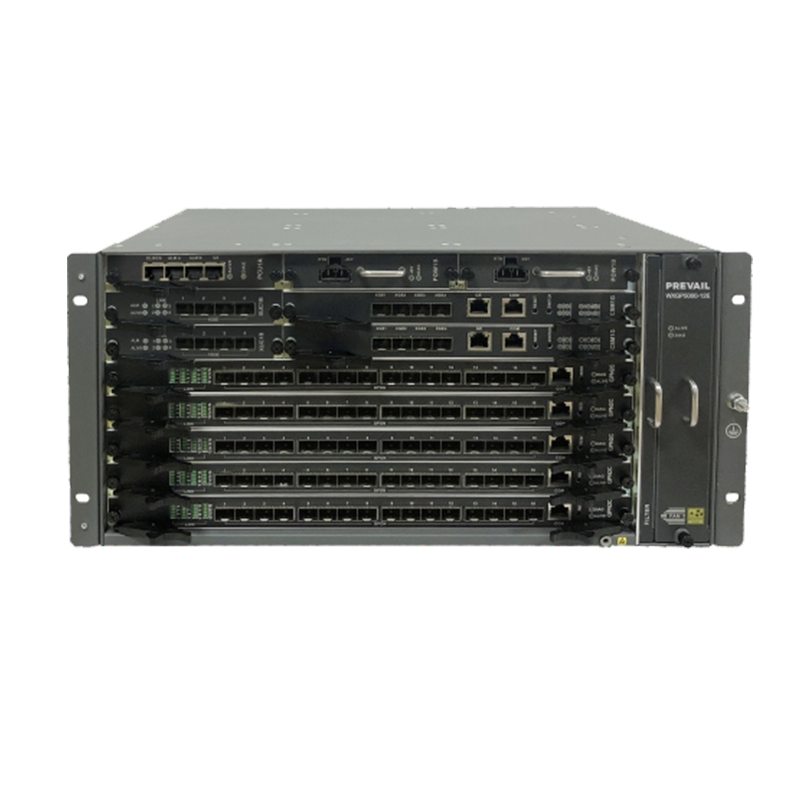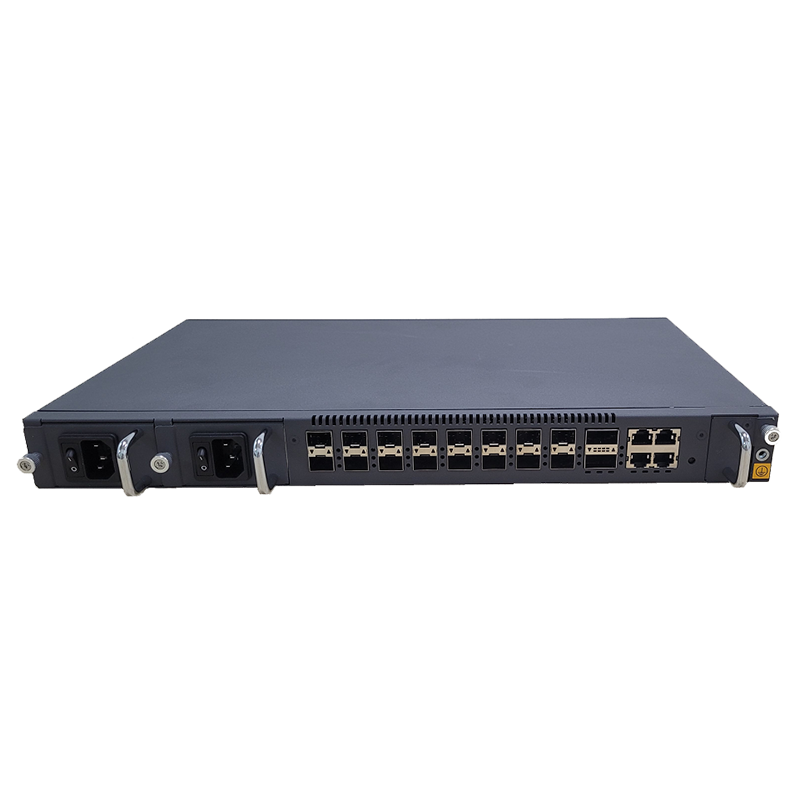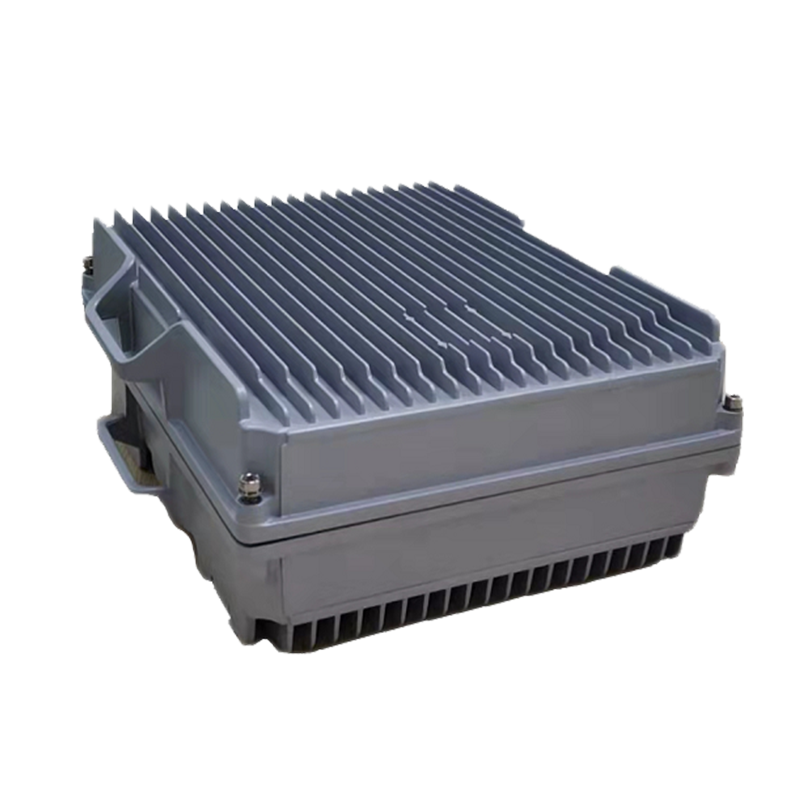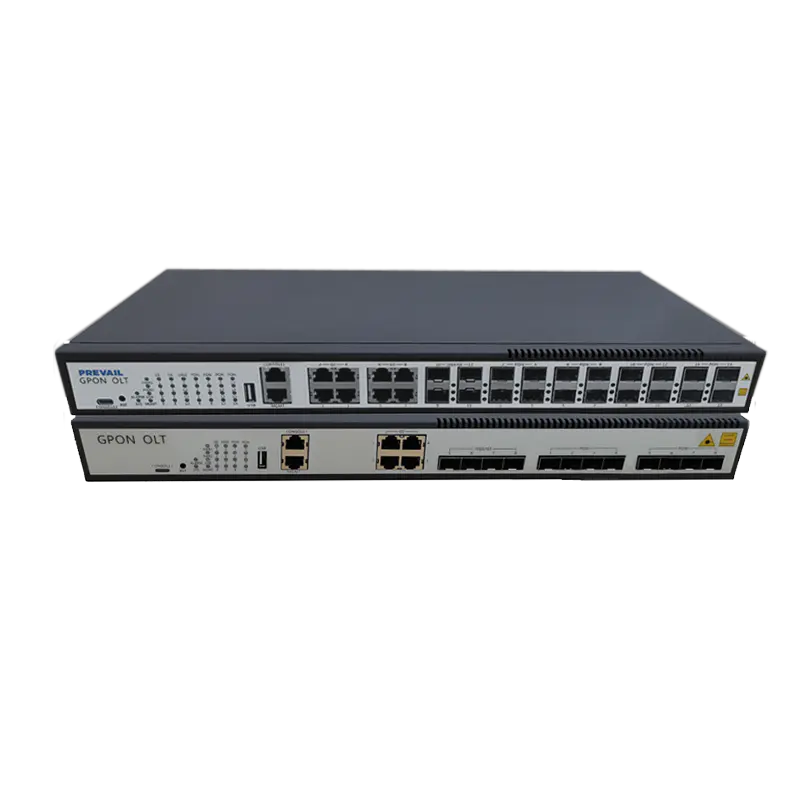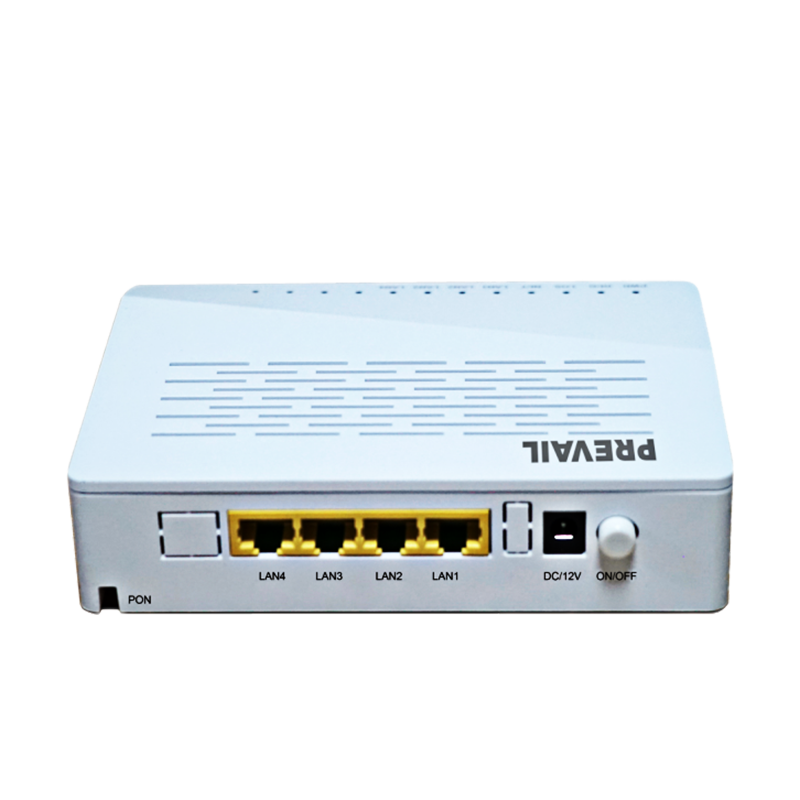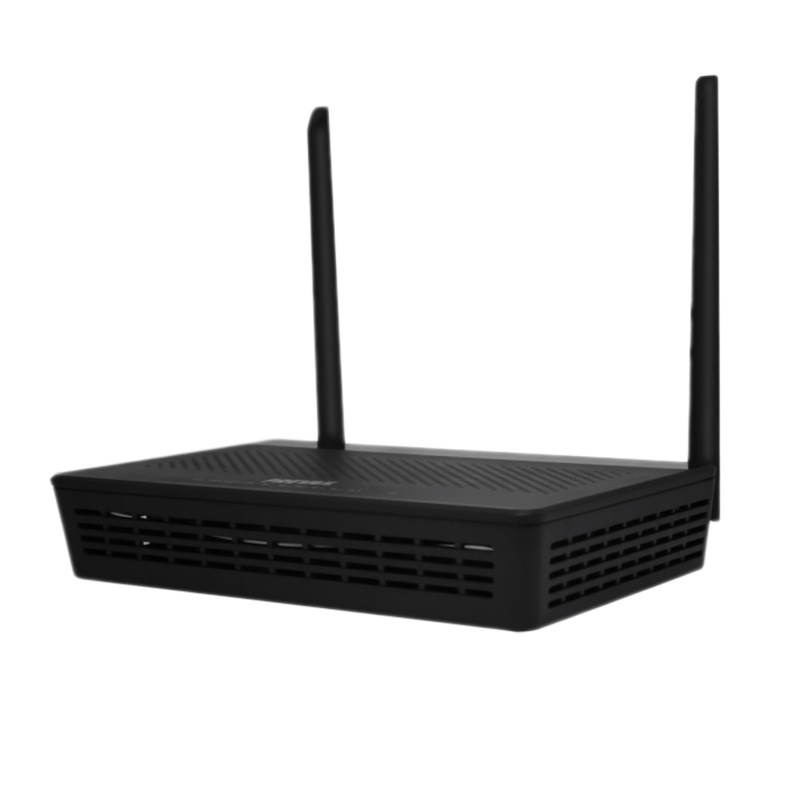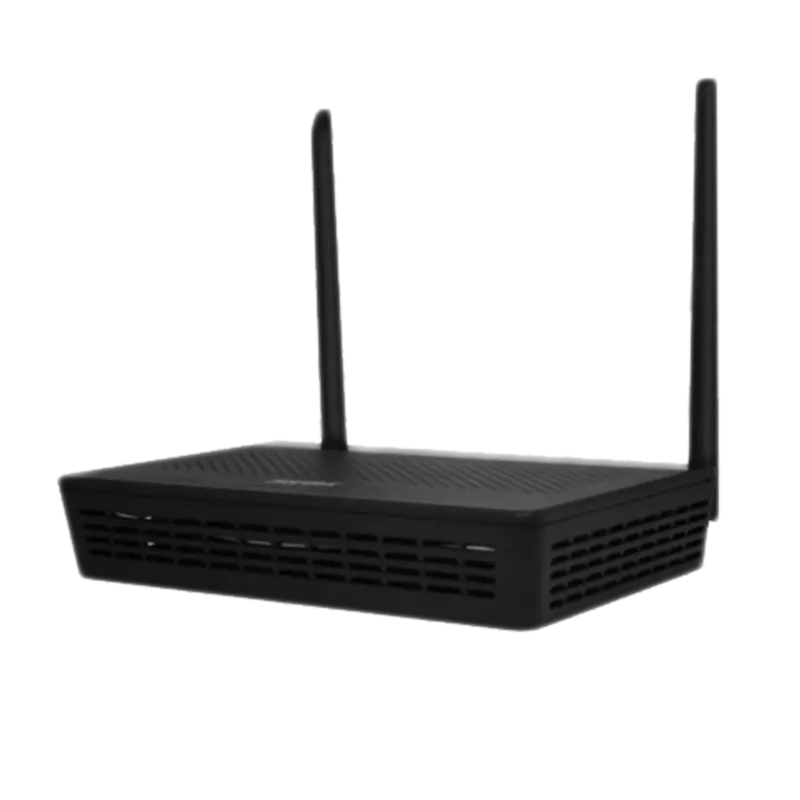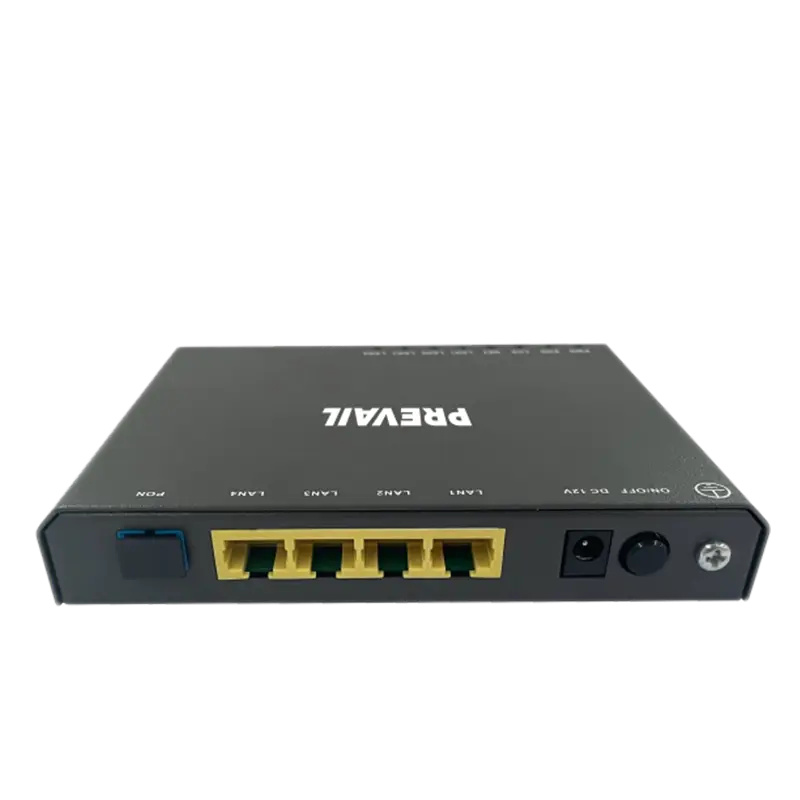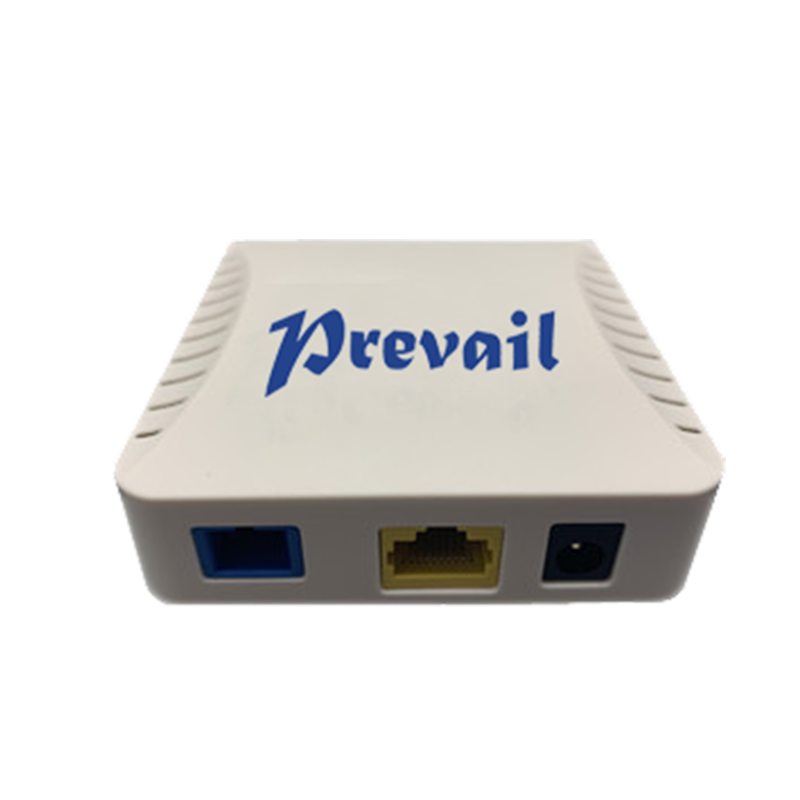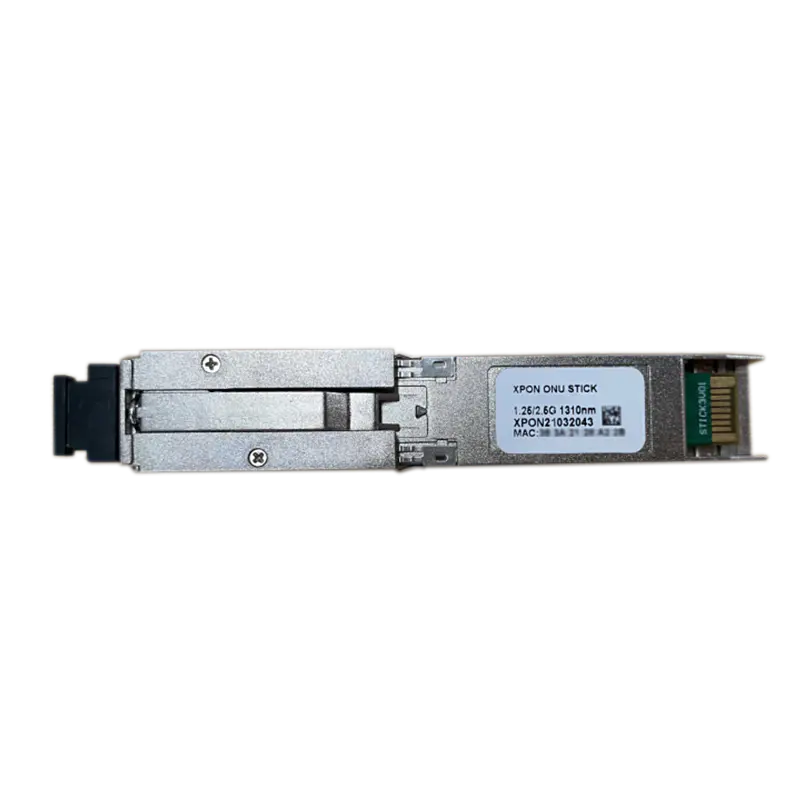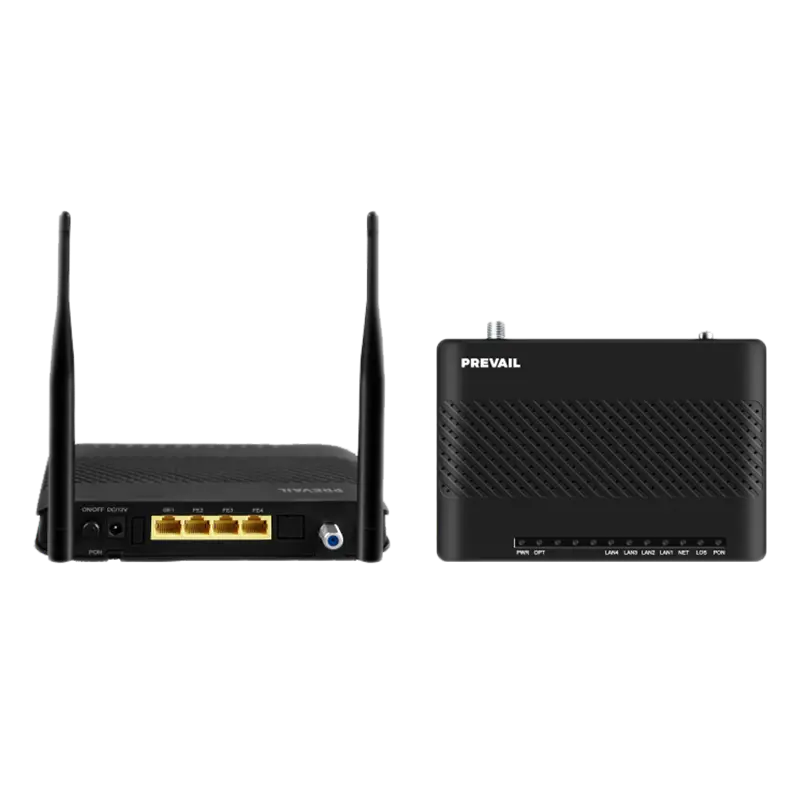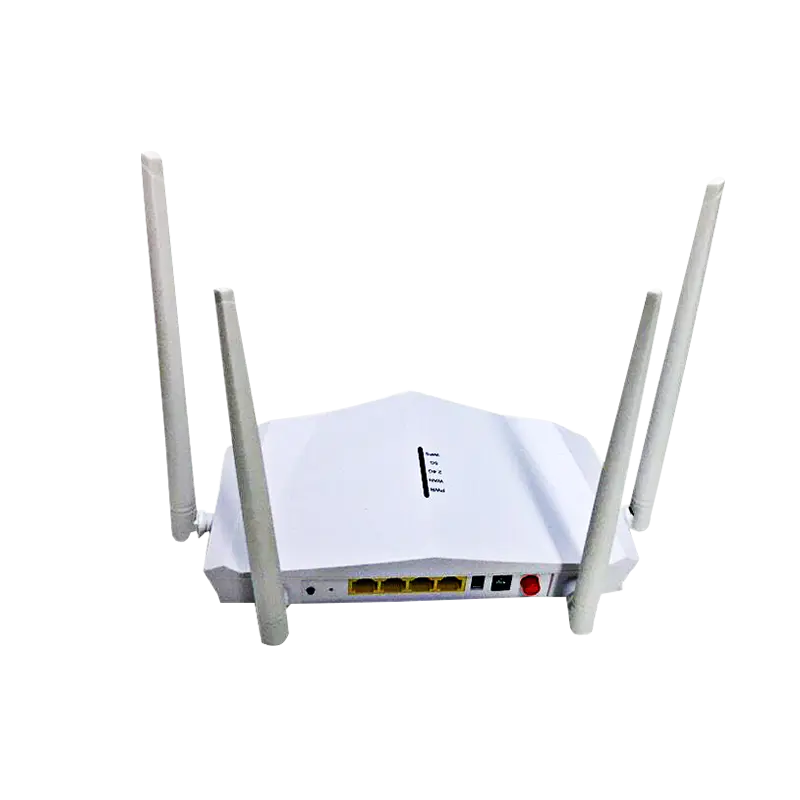HFC Transmission Equipment: Powering High-Frequency Communication with Precision and Reliability
In the era of high-speed communication and advanced broadcasting, HFC (Hybrid Fiber-Coaxial) transmission equipment has become a backbone technology for delivering fast, reliable, and high-capacity data. As internet usage, streaming services, and digital communication continue to grow, the demand for efficient transmission solutions has skyrocketed. HFC transmission equipment, combining the strengths of fiber optic and coaxial cable networks, is critical in bridging the gap between modern fiber infrastructure and existing cable systems.
This article explores the key aspects of HFC transmission equipment, its applications, advantages, challenges, and the emerging trends shaping the future of high-frequency communication.
What Is HFC Transmission Equipment?
HFC transmission equipment refers to the network components and devices used in Hybrid Fiber-Coaxial systems to transmit high-frequency signals, including video, voice, and data services. These systems utilize fiber optics for long-distance, high-bandwidth transmission, while coaxial cables provide connectivity from distribution hubs to end-users.
The main components of HFC transmission equipment include:
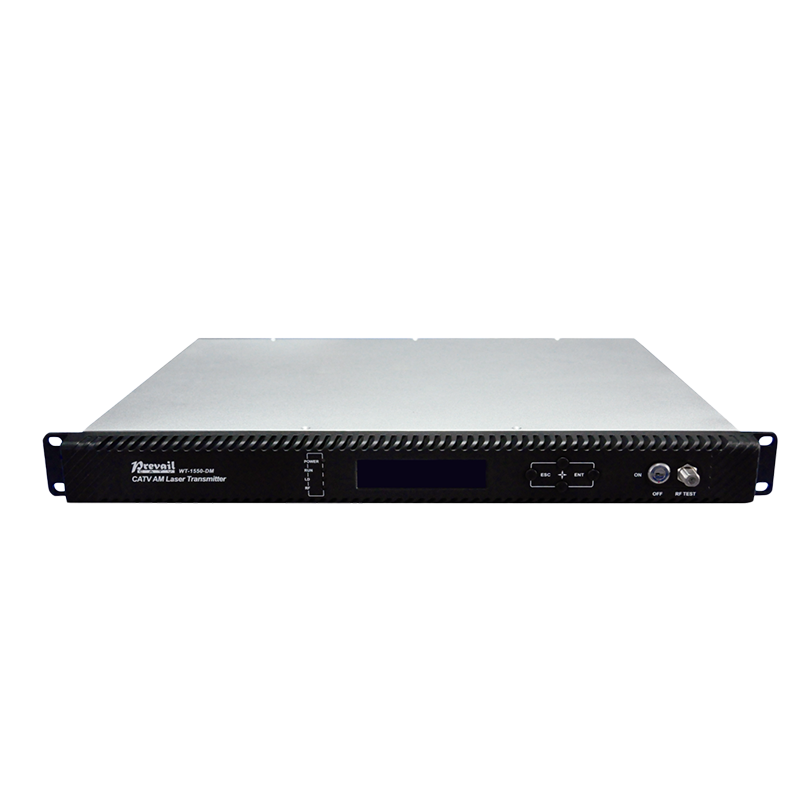
Optical Nodes – Convert optical signals from fiber into RF (radio frequency) signals for coaxial delivery.
Amplifiers – Boost signal strength to maintain quality over long coaxial distances.
Splitters and Tap Devices – Distribute signals to multiple end-users efficiently.
Modems and Set-Top Boxes – Interface with user devices for internet, television, and voice services.
Network Management Systems – Monitor and optimize network performance.
Together, these components ensure fast, reliable, and scalable delivery of communication services.
How HFC Transmission Equipment Works
The working principle of HFC transmission equipment is based on a hybrid network topology, combining optical fiber and coaxial cable:
Fiber Backbone Transmission – High-capacity fiber cables carry data, television, and voice signals from central offices to regional nodes.
Optical-Electrical Conversion – At the optical nodes, light signals are converted into RF electrical signals compatible with coaxial cables.
Coaxial Distribution – Coaxial cables deliver the RF signals to homes and businesses.
Amplification and Signal Conditioning – Amplifiers along the coaxial network compensate for signal loss and maintain quality.
End-User Delivery – Modems or set-top boxes at the user premises decode the signals for internet, TV, or telecommunication services.
This hybrid approach allows operators to leverage the high capacity and long-distance benefits of fiber while utilizing the existing coaxial infrastructure for last-mile connectivity.
Advantages of HFC Transmission Equipment
1. High Bandwidth Capability
By combining fiber optics with coaxial networks, HFC systems support high data rates suitable for broadband internet, high-definition television, and VoIP services.
2. Cost-Effective Deployment
HFC leverages existing coaxial cable infrastructure, reducing the need for full fiber-to-the-home (FTTH) deployment, which can be expensive and disruptive.
3. Scalability
Network operators can upgrade HFC networks incrementally, enhancing bandwidth capacity and coverage without replacing the entire system.
4. Reliable Signal Transmission
HFC equipment ensures stable and high-quality signal delivery, minimizing data loss and interference even over long distances.
5. Support for Multiple Services
HFC transmission equipment can handle internet, cable TV, and telephone services simultaneously, making it a versatile solution for service providers.
6. Improved Network Management
Modern HFC networks include sophisticated monitoring and management systems that detect faults, optimize performance, and reduce downtime.
Applications of HFC Transmission Equipment
HFC transmission equipment is widely used across multiple sectors due to its versatility and high performance:
1. Cable Television Networks
HFC networks form the backbone of modern cable TV systems, delivering high-definition content and on-demand services to millions of households.
2. Broadband Internet Services
HFC technology provides high-speed internet, supporting video streaming, online gaming, and cloud-based applications.
3. Voice Over IP (VoIP)
By leveraging the same network infrastructure, HFC transmission equipment enables reliable voice communication alongside internet and TV services.
4. Telecommunication Networks
HFC systems serve as a cost-effective solution for extending broadband connectivity in urban and suburban areas where full fiber deployment is challenging.
5. Smart City Infrastructure
HFC networks support data-intensive applications, including surveillance, traffic management, and IoT devices, contributing to smart city development.
6. Enterprise Connectivity
Businesses use HFC systems to maintain reliable high-speed internet and multimedia communication, enhancing operational efficiency.
Key Considerations When Implementing HFC Transmission Equipment
Network Design – Proper planning of fiber and coaxial distribution ensures optimal performance and scalability.
Signal Amplification – Correct placement of amplifiers and nodes prevents signal degradation.
Equipment Quality – High-quality optical nodes, splitters, and amplifiers are essential for reliability and long-term performance.
Maintenance and Monitoring – Regular inspection and network management prevent downtime and maintain service quality.
Future-Proofing – Choosing equipment that supports DOCSIS standards and emerging technologies ensures network longevity.
Challenges in HFC Transmission Equipment
Despite its advantages, HFC technology also faces challenges:
Bandwidth Limitations of Coaxial Cable – While fiber provides high capacity, the coaxial portion can become a bottleneck for ultra-high-speed services.
Signal Degradation – Coaxial cables are prone to attenuation and interference, requiring careful network design and amplification.
Maintenance Costs – While leveraging existing infrastructure reduces deployment costs, maintaining hybrid networks requires skilled personnel and equipment.
Competition from FTTH – Full fiber networks offer higher bandwidth and lower latency, posing a challenge to HFC adoption in the long term.
Addressing these challenges requires continuous innovation in HFC equipment, such as improved amplifiers, advanced modulation techniques, and fiber deep strategies.
Emerging Trends in HFC Transmission Equipment
1. DOCSIS 3.1 and Beyond
New standards like DOCSIS 3.1 enhance data rates up to 10 Gbps, allowing HFC networks to meet growing demand for ultra-high-speed internet.
2. Fiber Deep Architecture
Extending fiber closer to the end-user reduces coaxial lengths, improving signal quality and network capacity.
3. Advanced Network Management
Smart monitoring and automated diagnostics help operators maintain service quality while reducing operational costs.
4. Integration with 5G Networks
HFC networks can complement 5G infrastructure by providing backhaul and fiber-to-the-node (FTTN) connectivity, enabling seamless high-speed mobile services.
5. Energy-Efficient Equipment
Modern HFC transmission equipment is designed for lower power consumption, contributing to sustainability and reduced operational costs.
Why HFC Transmission Equipment Remains Relevant
Cost-Effective Expansion – Leveraging existing coaxial infrastructure reduces the cost of network upgrades.
Versatile Multi-Service Support – HFC systems deliver internet, television, and voice services on a single network.
Incremental Upgrades – Operators can enhance capacity without replacing the entire system.
Reliable High-Frequency Transmission – Properly designed HFC networks ensure stable, high-quality signals.
Adaptability – HFC networks can evolve alongside fiber and 5G networks, maintaining relevance in modern communication ecosystems.
Conclusion
HFC transmission equipment plays a critical role in delivering high-speed, reliable, and versatile communication services. By combining the advantages of fiber optics and coaxial cables, HFC networks enable broadband internet, cable television, voice services, and emerging smart city applications.
Despite challenges such as bandwidth limitations on coaxial segments and competition from FTTH networks, ongoing innovations in DOCSIS standards, fiber deep architectures, and energy-efficient equipment ensure that HFC technology remains relevant and competitive.
As digital communication continues to expand, HFC transmission equipment will continue to serve as a cornerstone of modern communication infrastructure, delivering high-frequency signals with precision, efficiency, and reliability to millions of users worldwide.





